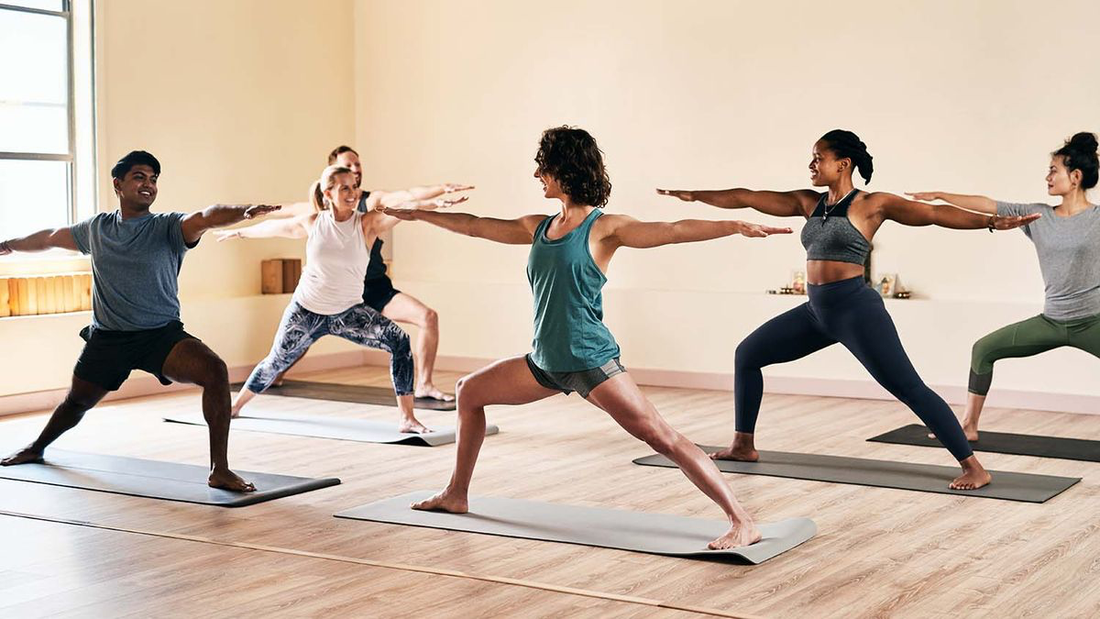
The Spectrum of Exercise
BreathShare
In this day and age where we often find ourselves consumed by work, school, and other responsibilities, it may be difficult to get those 30 minutes of daily exercise that our doctor asks us about every time we see them. Those 30 minutes are extremely important, however, and can be easier than we think, whether that’s 10 minute walks a couple times a day, a good stretch, a 15 minute intensive run, or other forms of exercise. There's something for everyone in the vast landscape of physical activity. Let's break down the science to better help us understand the benefits of different types of exercise.
Cardiovascular Exercise (Aerobic Exercise)
Let's start with cardio, also known as aerobic exercise. This type of exercise gets your heart pumping and your blood flowing, delivering oxygen to your muscles and improving cardiovascular health. Common forms of cardio include running, cycling, swimming, and dancing.
The benefits of cardio are well-documented. According to the American Heart Association, regular aerobic exercise can lower blood pressure, reduce the risk of heart disease by keeping arteries clear, and improve cholesterol levels. Research also shows that aerobic exercise can boost mood by increasing the release of endorphins, the body's natural feel-good hormones. Because cardio strengthens your heart muscle, allowing it to pump blood into your lungs and throughout your body, more blood flows into other muscles and oxygen levels rise. Aerobic exercise can also keep excess pounds at bay, maintaining or decreasing your body weight if done consistently.
Statistics from the Centers for Disease Control and Prevention (CDC) emphasize the importance of cardio for overall health. They recommend at least 150 minutes of moderate-intensity aerobic activity or 75 minutes of vigorous-intensity aerobic activity per week for adults to maintain cardiovascular fitness.
Strength Training (Resistance Exercise)
Next up, we have strength training, also known as resistance exercise. This involves using weights, resistance bands, or bodyweight exercises to build muscle strength and endurance. Common strength training exercises include weightlifting, push-ups, squats, and planks.
Strength training isn't just about bulking up—it offers a host of health benefits. According to studies published in the British Journal of Sports Medicine, regular resistance training can increase muscle mass, improve bone density, and enhance metabolism. This is particularly important as we age, as strength training can help prevent muscle loss and maintain functional independence. The improved muscle strength and tone in turn also protects your joints from injury. In terms of weight management, as you gain muscle, your body burns more calories when at rest.
The CDC recommends incorporating strength training exercises into your routine at least two days per week, targeting major muscle groups like the legs, arms, back, and core.
Flexibility and Balance Exercises
Lastly, let's not overlook flexibility and balance exercises, which are often underrated but essential for overall fitness and injury prevention. Activities like yoga, Pilates, and tai chi focus on improving flexibility, range of motion, and balance.
Flexibility exercises help keep muscles and joints supple, reducing the risk of injury and enhancing athletic performance. According to Harvard Health Publishing, regular flexibility training can alleviate muscle tension, improve posture, and enhance circulation. Being flexible overall improves your performance in physical activities by decreasing your risk of injuries as well. You may learn to enjoy the ritual of stretching before or after other exercises, adding it into part of a daily routine to enable muscles to work most effectively and improve your ability to do daily activities.
Balance exercises are equally important, especially for older adults. Research from the National Institutes of Health (NIH) shows that balance training can reduce the risk of falls and improve stability and coordination.
Incorporating a variety of exercises into your routine can provide a well-rounded fitness regimen that promotes overall health and well-being. Remember, the key is to find activities you enjoy and can sustain over the long term. Whether you're hitting the pavement for a run, lifting weights at the gym, or flowing through a yoga class, keep moving and reap the benefits of staying active!
Thank you for reading,
-Breath